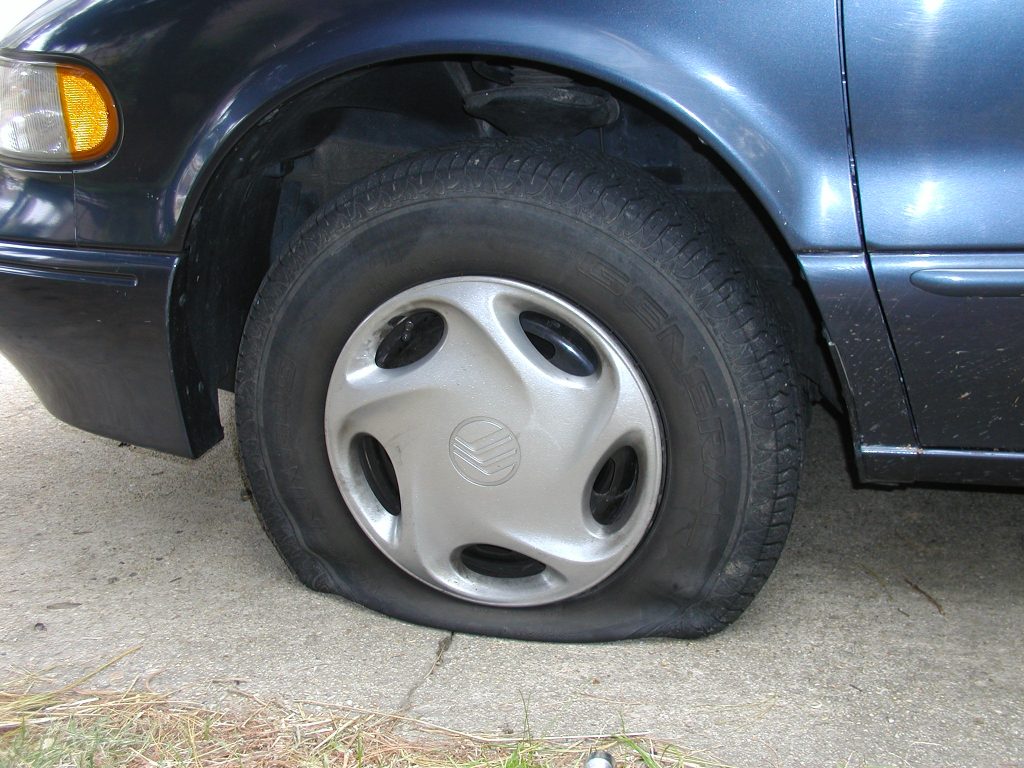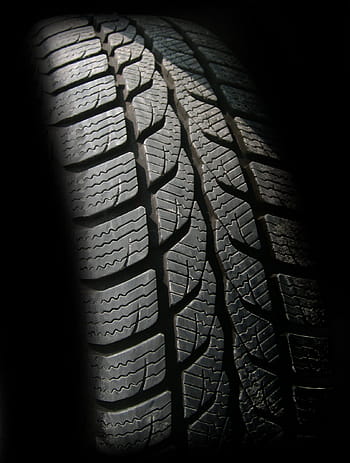The puncture-proof tire does exist, but it is not yet marketed on a large scale and does not meet all expectations. All drivers know how unpleasant it can be to have to change a tire and lose time on the side of the road. To overcome this problem, manufacturers have tested the use of puncture-proof tires.
In general, these are tires with a self-sealing rubber, or a paste present inside the tire, on the membrane, which instantly fills in a small cut.
These technologies work but are not democratized. Why is this?
– A puncture-proof tire may offer less comfort than its traditional counterpart.
– A puncture on the sidewalls is always possible.
– The puncture-proof tire implies the absence of the spare tire, which is a psychological trigger on the purchase of a vehicle for many consumers.
To date, motorists’ expectations and the arrival of tire labelling since November 2012 are leading manufacturers to manufacture tires with very high performance, which is not necessarily compatible with puncture-proof tire technologies.
Puncture-proof tires: prototypes or tires for military use
There are puncture-proof tires that are not marketed but are intended for very specific uses, especially the military.
Puncture-proof technologies also exist through innovations that go beyond the simple tire frame, such as the MICHELIN Tweel, which is a wheel whose tread is based on flexible spokes and no longer on air.
Once upon a time, Michelin’s Pax-System technology
The Pax-System is a Michelin technology that was used in particular on Renault Scénic, phase 2. Plastic support would rest on the rim and be therefore inserted between the rim and the tire.
This support would allow the tire to lean on it in case of a puncture, and not on the rim.
– It would allow you to drive 200 km at 80 km/h, which was more than traditional runflat technologies.
– On the other hand, wheels and repair equipment would require specific equipment and therefore complexity when the tire needed to be repaired (puncture or simple replacement due to wear and tear).
– This technology lost momentum (not found on any recent model) and was rare on the market.
Consequently, other extended mobility solutions help motorists avoid the need for a spare tire in the event of a puncture. This is the case of the runflat tire with self-supporting sidewalls.
What is runflat tire all about?
The runflat technology is also known as a self-supporting sidewall tire.
– This tyre has reinforced sidewalls that allow you to continue driving for a certain distance in the event of a puncture so that it does not get stuck and can be repaired.
– It is therefore not a puncture-proof tire, but a technology that facilitates the “puncture experience”.
BMW has released many vehicles with this technology as original equipment, which can be found under different trade names (RFT at Bridgestone, EMT at Goodyear, SSR at Continental, ZP at Michelin, Runflat at many others).
In addition to extended mobility (generally around 100 km at 80 km/h), this type of tire also allows the space for the spare wheel in the vehicle to be freed up and lightened (lighter vehicle = less fuel consumed).
On the other hand, it offers a steeper, sportier ride and is sold at 15%-20% more expensive than its traditional equivalent.
Good to know: runflat technology is effective in the event of a puncture in the tread, but is not guaranteed if a sidewall is punctured.
Also note: repairing a runflat tire means losing its specific capabilities.
For more information on runflat tires, you can visit this interesting page on Michelin’s website.




3 thoughts on “Are Puncture-Proof Tires Any Good?”